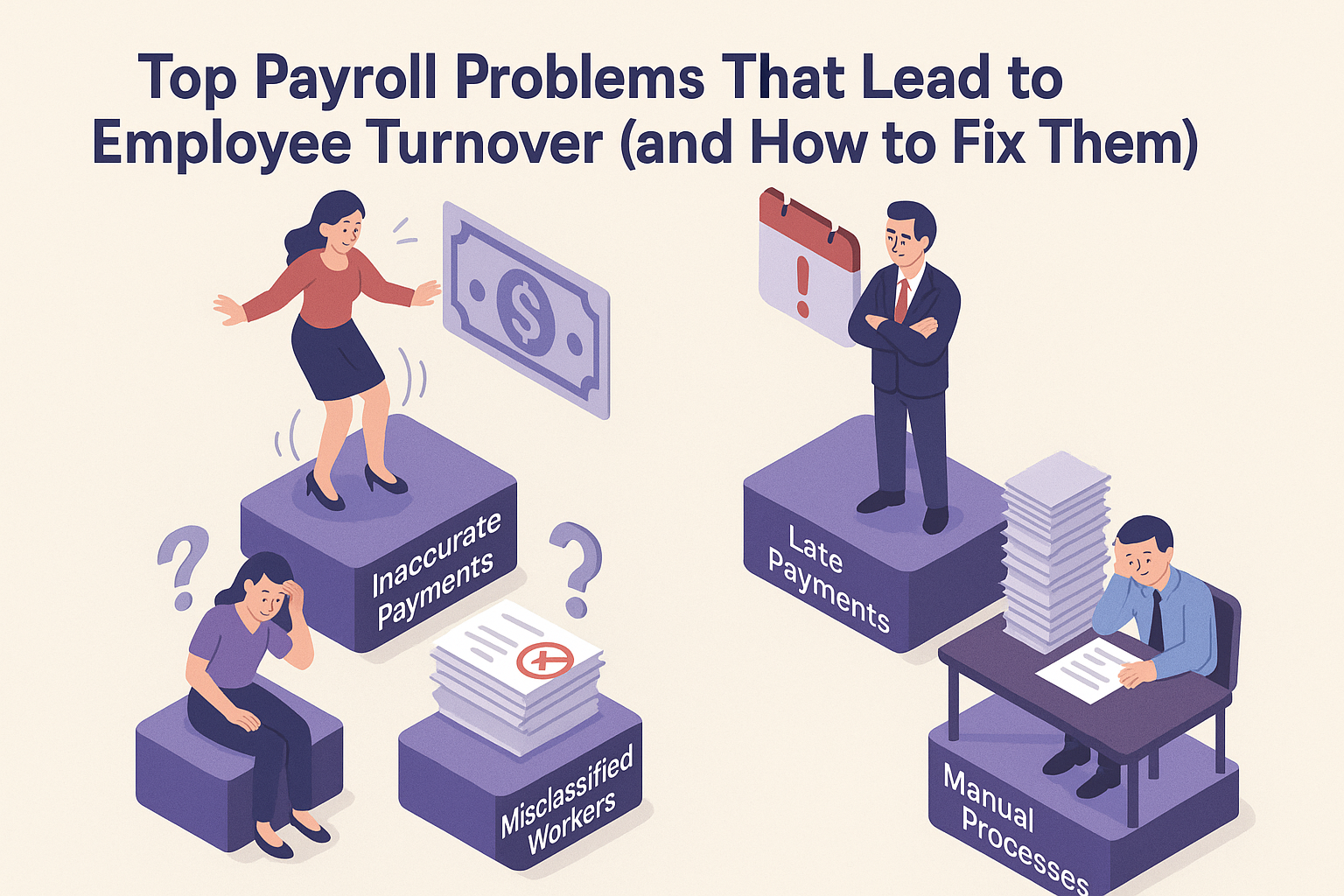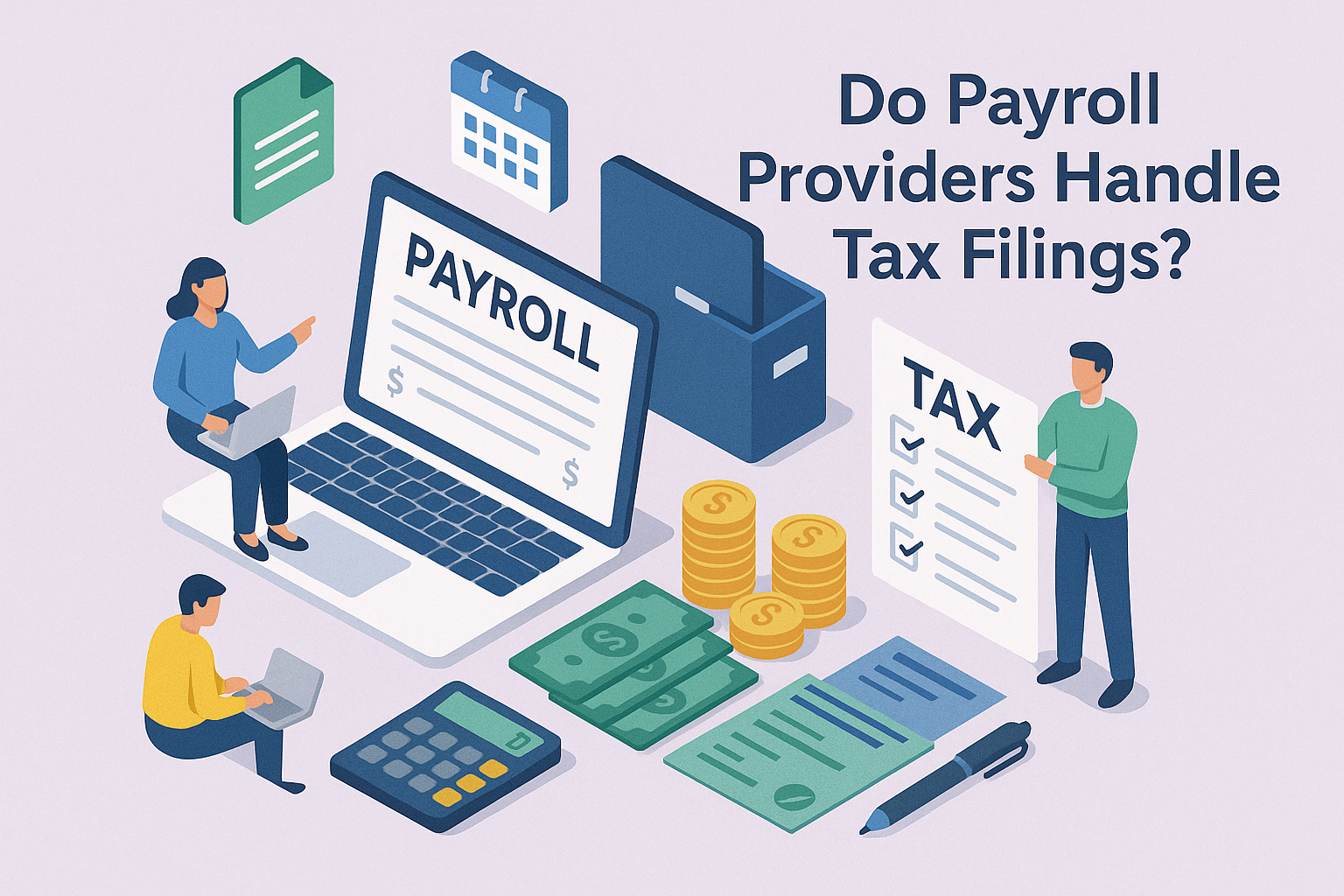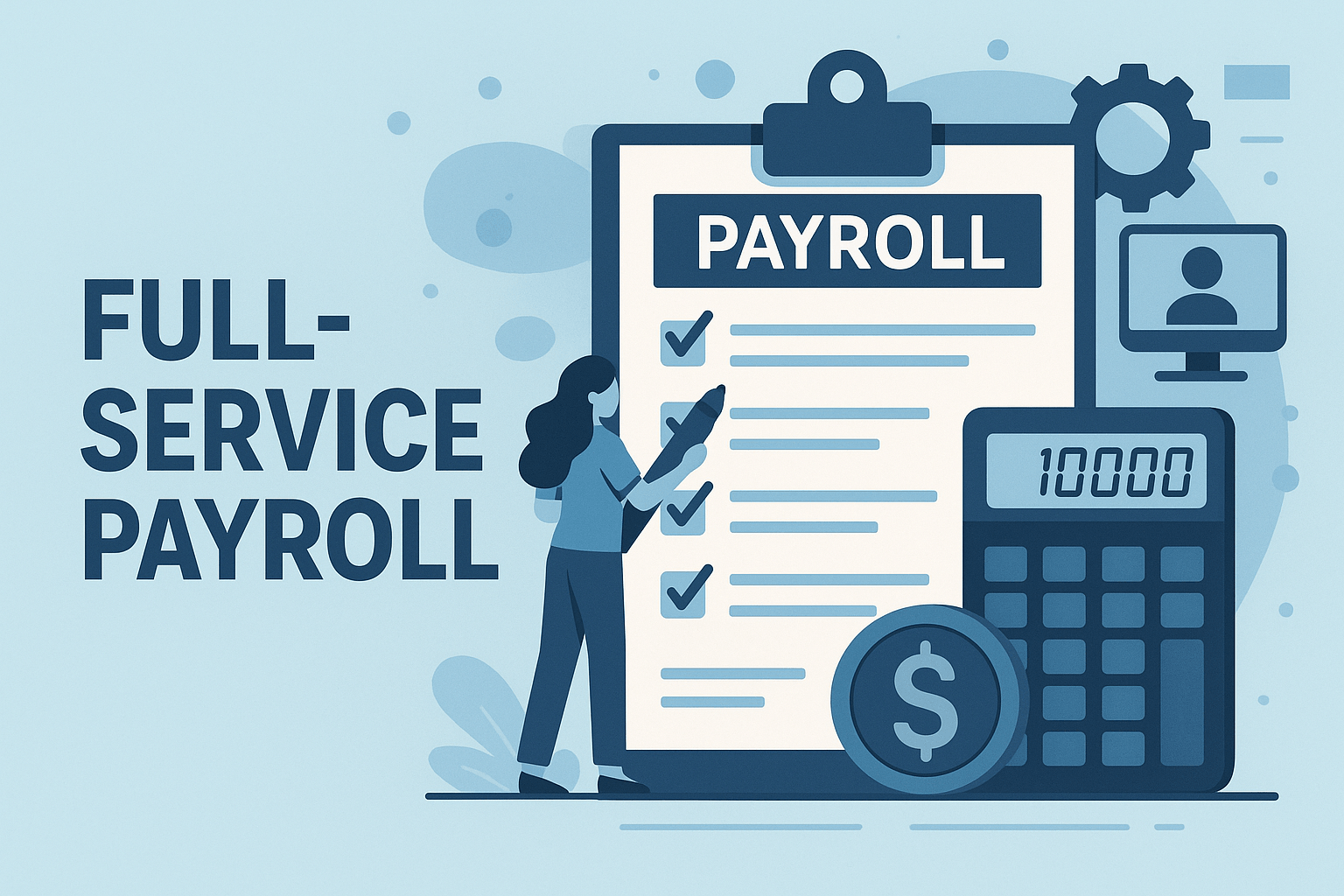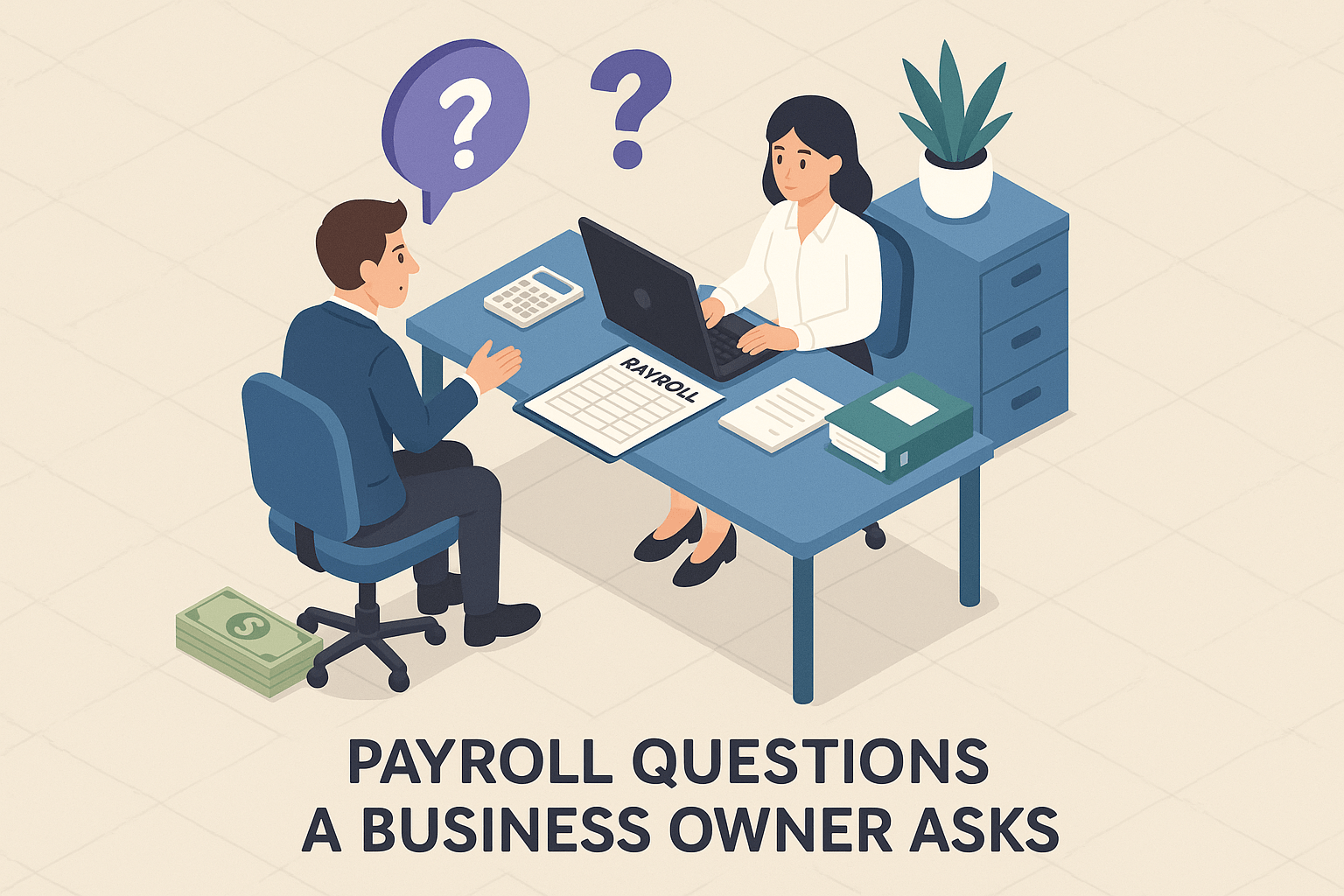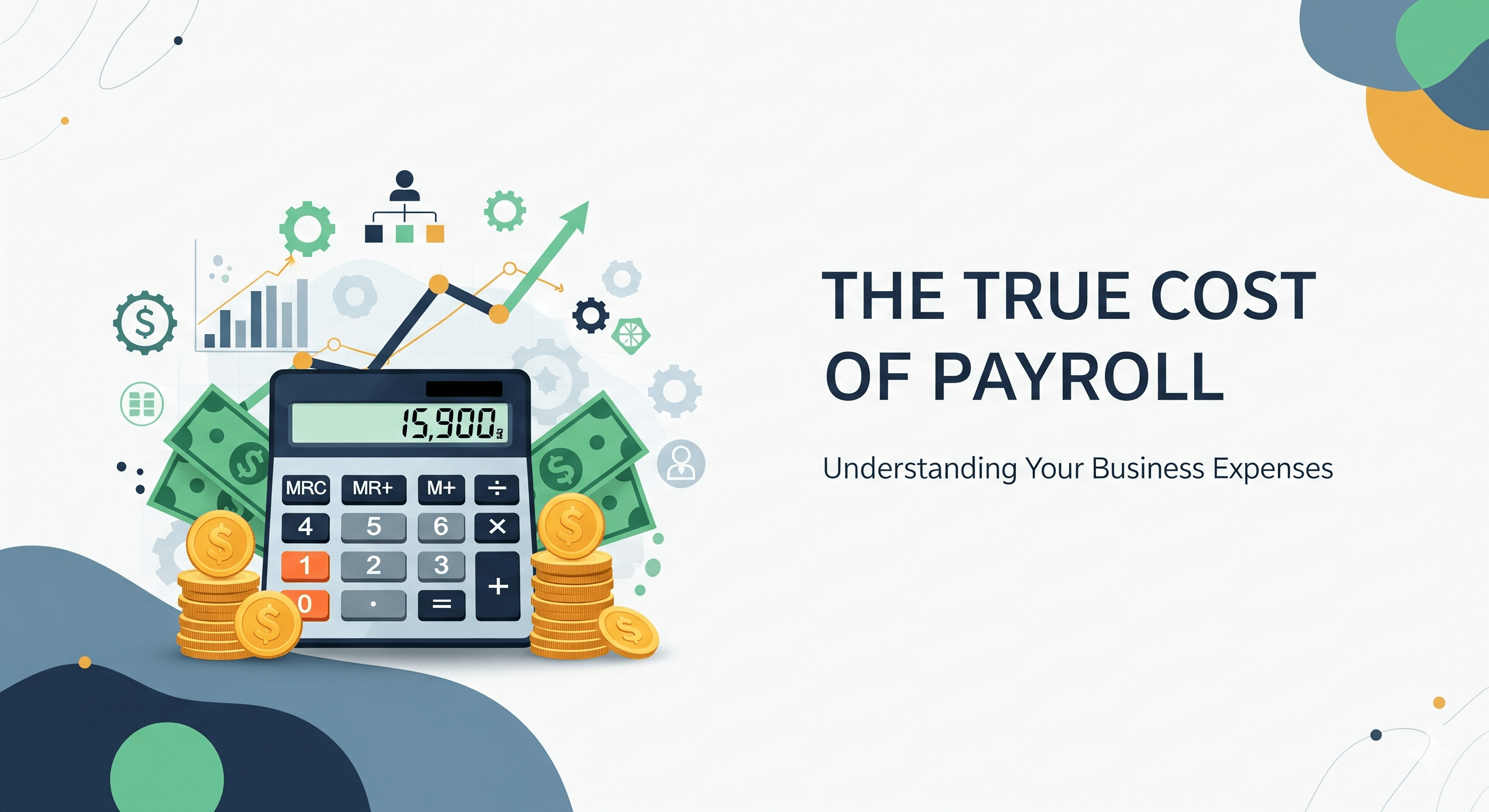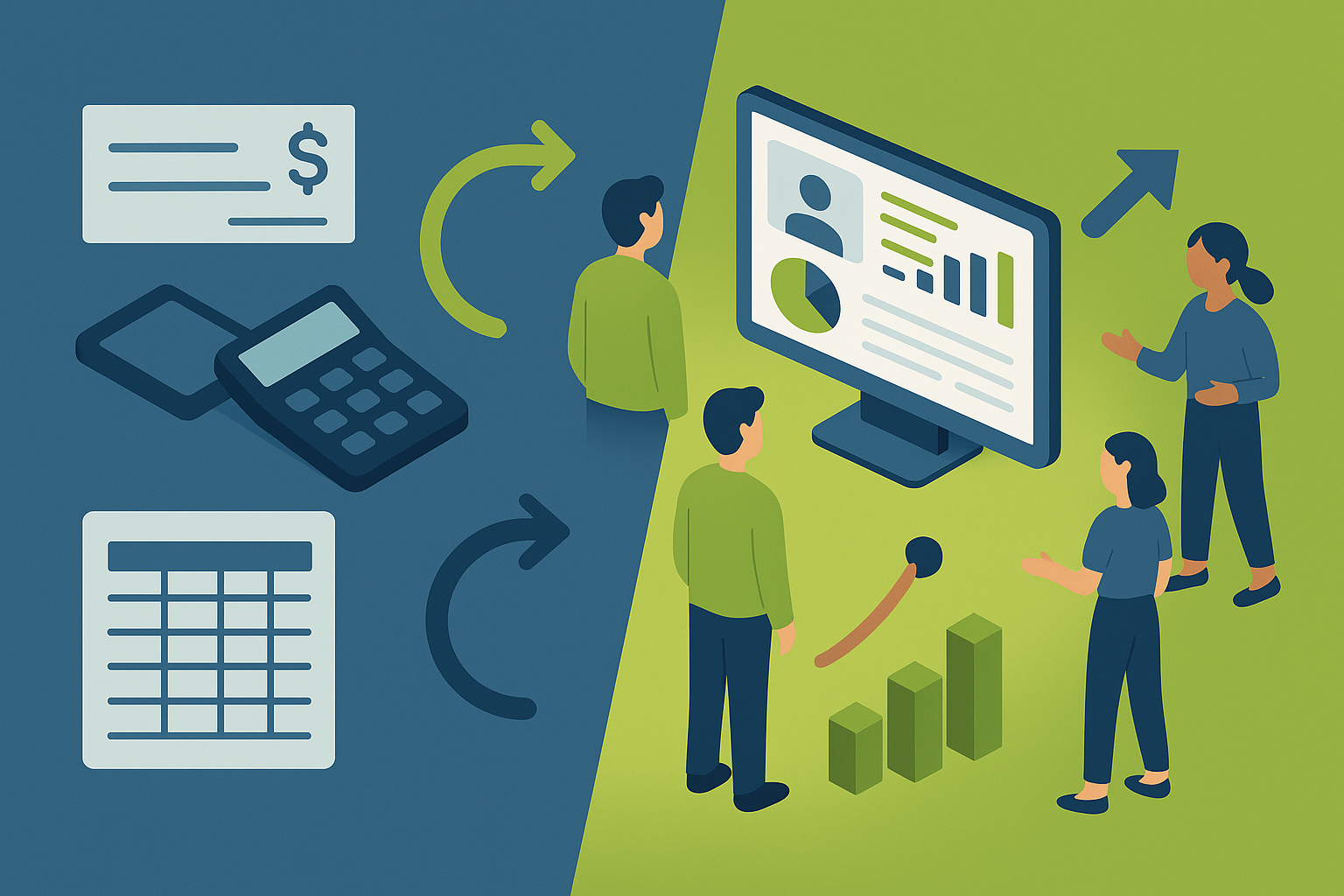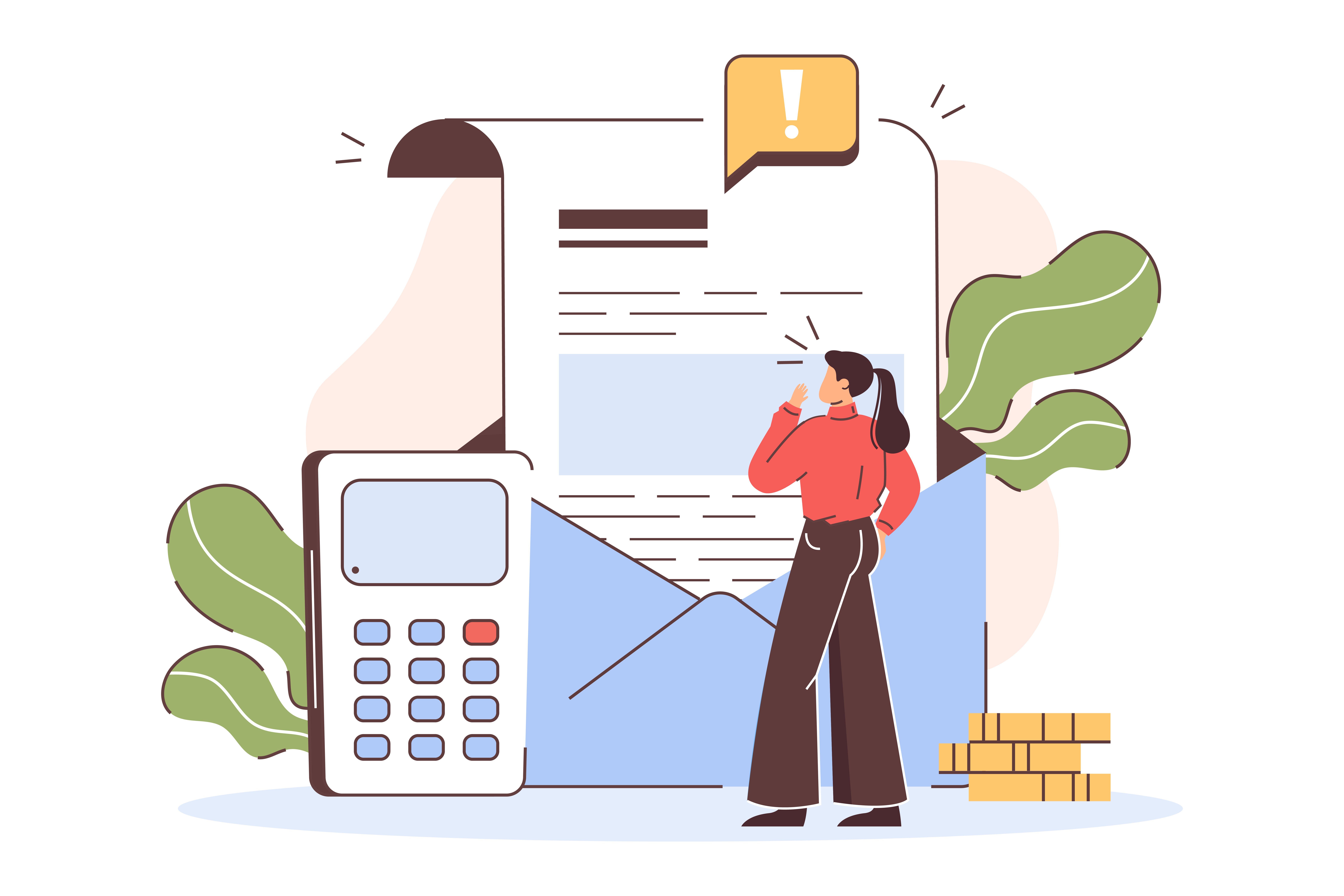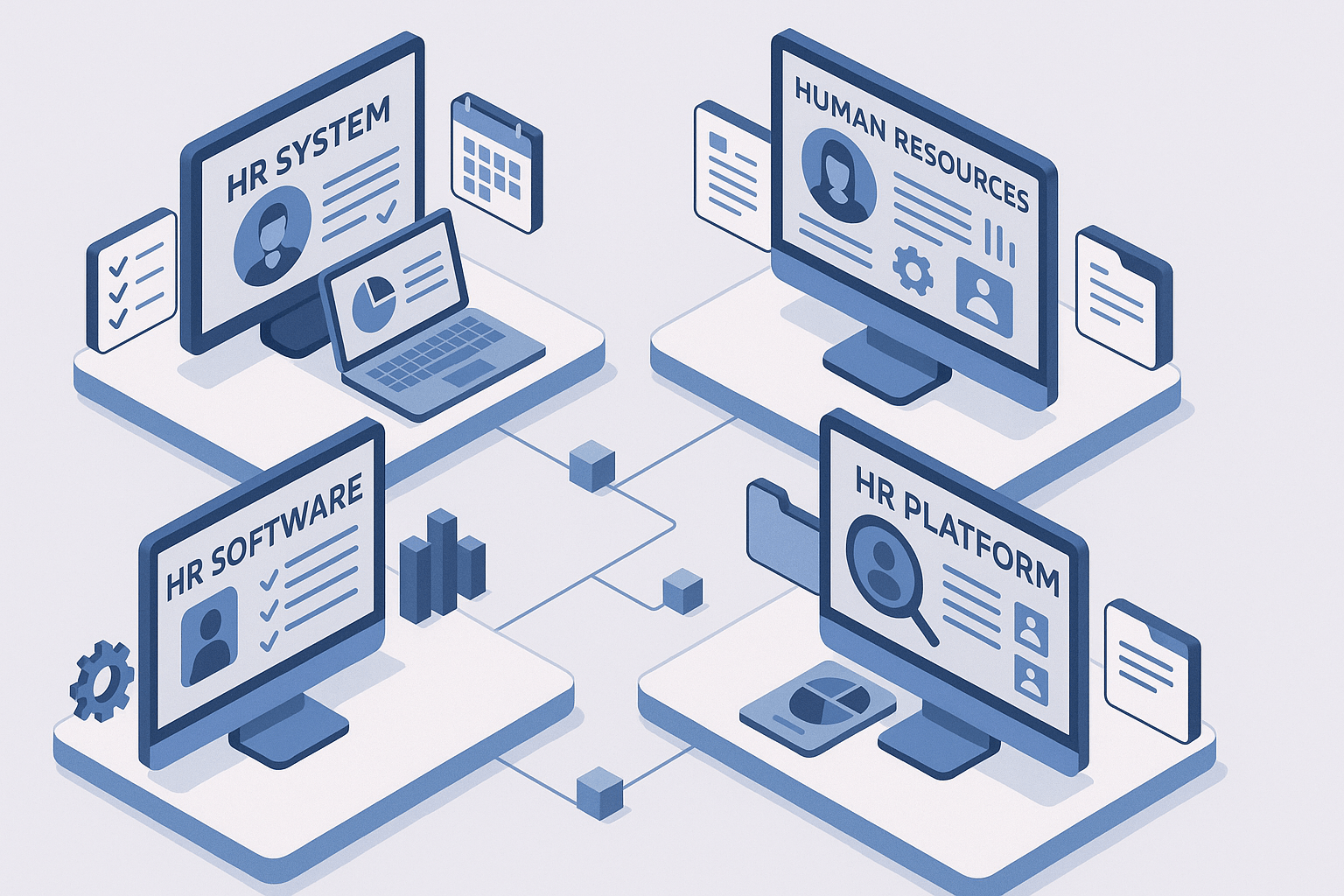How Employee Self-Service Tools Are Transforming Workplace Efficiency
October 14th, 2024
5 min read

Are you tired of spending hours on administrative tasks, answering employee questions about their pay, processing time-off requests, or updating personal information? If you’re like most HR professionals or business owners, these repetitive tasks are a drain on your time, leaving little room for strategic work that could move your business forward. The frustration is real, and the inefficiency is tangible. Every minute spent on paperwork or data entry is time taken away from building your business.
At Lift HCM, we get it. We’ve helped countless businesses, just like yours, transition from time-consuming manual processes to streamlined digital solutions. With years of experience in HR technology, we've seen firsthand how Employee Self-Service (ESS) tools have revolutionized workplace efficiency, freeing up time for HR teams while empowering employees to take control of their own information.
In this article, we’ll explore exactly how ESS tools can transform your workplace. You’ll learn how they reduce administrative burdens, boost employee satisfaction, and save costs. By the end, you’ll have a clear roadmap for implementing ESS in your organization, allowing you to work smarter, not harder.
Table of Contents
- What Are Employee Self-Service Tools?
- Why Are Employee Self-Service Tools Important?
- Key Features of Employee Self-Service Tools
- How Self-Service Tools Boost Employee Productivity
- How Do Self-Service Tools Improve HR Efficiency?
- Challenges and Considerations When Implementing Self-Service Tools
- How to Choose the Right Employee Self-Service Tools for Your Business
What Are Employee Self-Service Tools?
Employee Self-Service tools are digital platforms that enable employees to manage various HR-related tasks without needing to go through their HR departments. These tools are often part of larger HR management systems (HRMS) or standalone applications that integrate with an organization's existing infrastructure.
Common functionalities include:
- Access to pay stubs and tax forms
- Time tracking and scheduling
- Benefits enrollment and management
- Requesting time off
- Updating personal information
ESS platforms like Gusto, isolved People Cloud, Workday, and BambooHR are examples of tools that are widely used by companies to empower employees and free up HR from handling routine inquiries. Below we have provided screenshots of popular ESS tools (for the platforms listed above) to give you a real-world glimpse of how the interface looks and feels for employees and HR professionals.
💡 Lift HCM Tip: We at Lift HCM use isolved People Cloud and love it!
Why Are Employee Self-Service Tools Important?
Employee Self-Service tools are reshaping how businesses operate by giving employees direct control over their personal information and basic administrative tasks. Here’s why these tools are so critical:
- Increased efficiency: Employees can access information at their convenience, without waiting for HR to respond to inquiries.
- Improved accuracy: Employees can directly input their own data, reducing errors that occur during data entry or communication breakdowns.
- Alignment with modern trends: With the rise of remote work and flexible schedules, ESS tools ensure that employees can manage their tasks from anywhere, promoting work-life balance and better engagement.
The importance of ESS tools is especially evident in fast-paced work environments where agility and real-time access to information can significantly impact productivity and satisfaction.
Key Features of Employee Self-Service Tools
The key to understanding the transformative power of ESS tools lies in their features. These tools typically offer:
- Access to pay and tax information: Employees can view pay stubs, W-2s, and tax documents on-demand, reducing the need for HR queries.
- Time tracking and attendance: Employees can log hours, track overtime, and view their schedules through the platform.
- Benefits management: Employees can enroll in or modify their healthcare, retirement plans, and other benefits, simplifying open enrollment periods.
- Time-off requests: With ESS tools, employees can request vacation or sick leave, and track remaining leave balances.
- Personal information updates: Employees can update their contact information, emergency contacts, or banking details with ease.
These features streamline HR processes, allowing the HR team to focus on more strategic initiatives while employees handle routine tasks independently.

How Self-Service Tools Boost Employee Productivity
One of the main benefits of ESS tools is the boost in employee productivity they provide. By giving employees control over their HR-related tasks, companies eliminate the constant back-and-forth between staff and HR for simple queries. This leads to:
- Reduced bottlenecks: Employees can access information or make requests instantly, eliminating delays caused by traditional HR processes.
- Increased autonomy: Empowering employees to manage their own administrative tasks fosters a sense of ownership and responsibility, which can boost morale.
- Time saved for HR: With fewer requests coming through, HR teams can focus on higher-level responsibilities, improving overall efficiency in the department.
When employees can access the resources they need in real-time, they become more effective, reducing disruptions and allowing them to focus on their core tasks.
Below is a bar graph highlighting the increasing adoption of ESS tools in businesses over the past decade, reflecting a significant rise from 15% in 2014 to a projected 85% in 2024.

How Do Self-Service Tools Improve HR Efficiency?
For HR teams, ESS tools provide an opportunity to move away from being bogged down by administrative work and shift focus to strategic HR initiatives, such as talent management and employee development.
Here are key ways ESS tools improve HR efficiency:
- Reduced administrative workload: By automating tasks such as payroll, benefits enrollment, and time-off tracking, HR can eliminate much of the paperwork and manual data entry.
- Improved data accuracy: Since employees update their own information, there are fewer chances for errors during communication or transcription, allowing HR teams to focus on higher-value tasks.
- Real-time access to employee data: HR can access up-to-date employee information instantly, ensuring they are always working with the most current data without manual updates.
With fewer routine tasks to manage, HR teams can contribute more strategically to the company’s long-term goals, such as employee engagement, retention, and talent development.
Below are two pie charts showing the distribution of HR time before and after the adoption of ESS tools. Before ESS, much of HR’s time goes toward payroll queries, leave requests, and benefits management. After ESS, HR can focus primarily on strategic tasks.

Challenges and Considerations When Implementing Self-Service Tools
Despite their benefits, there are challenges that businesses need to address when implementing ESS tools:
- Employee training: Not all employees may be tech-savvy. It’s important to offer proper training to ensure smooth adoption.
- Data security: Handling sensitive employee information requires strong security protocols to prevent data breaches.
- Change management: Employees and HR professionals alike may resist adopting new systems, so a clear communication plan is crucial for a smooth transition.
To mitigate these challenges, companies should focus on user-friendly platforms, prioritize data security, and foster a culture of openness around the benefits of ESS.
How to Choose the Right Employee Self-Service Tools for Your Business
When selecting an ESS tool, consider the following factors:
- Cost: Ensure the tool fits your budget without sacrificing key features.
- Scalability: Choose a platform that can grow with your business as you hire more employees or expand into new regions.
- User-friendliness: Opt for a system with an intuitive interface to ensure higher adoption rates.
- Integration capabilities: Make sure the ESS tool integrates seamlessly with your current HR and payroll systems.
Additionally, ask potential vendors questions about customer support, data security measures, and customization options to ensure the tool meets your specific needs.
Empowering Your Team with Employee Self-Service Tools
You've likely faced the same frustrations as many HR professionals—overwhelming administrative tasks. ESS tools empower employees to handle their own HR tasks, reducing burdens and boosting productivity. By implementing ESS, you can focus on strategic growth.
At Lift HCM, we help businesses use HCM tools to save time and enhance employee engagement. Explore our ESS solutions to transform workplace efficiency!
You've likely faced the same frustrations as many HR professionals—overwhelming administrative tasks. ESS tools empower employees to handle their own HR tasks, reducing burdens and boosting productivity. By implementing ESS, you can focus on strategic growth. At Lift HCM, we help businesses use HR tools to save time and enhance employee engagement. Explore our ESS solutions to transform workplace efficiency.
Caitlin Kapolas is a results-driven professional with a strong background in account management and retail. She is dedicated to improving client experiences and building lasting relationships. Caitlin excels in identifying client needs, resolving issues, and implementing customized solutions that drive value. Her effective communication skills ensure high client satisfaction and loyalty, making her a trusted advisor and partner in meeting client needs with precision and professionalism.







.png?width=1536&height=1024&name=Create%20a%20background%20that%20reads%2c%20How%20Long%20to%20Keep%20P%20(1).png)






